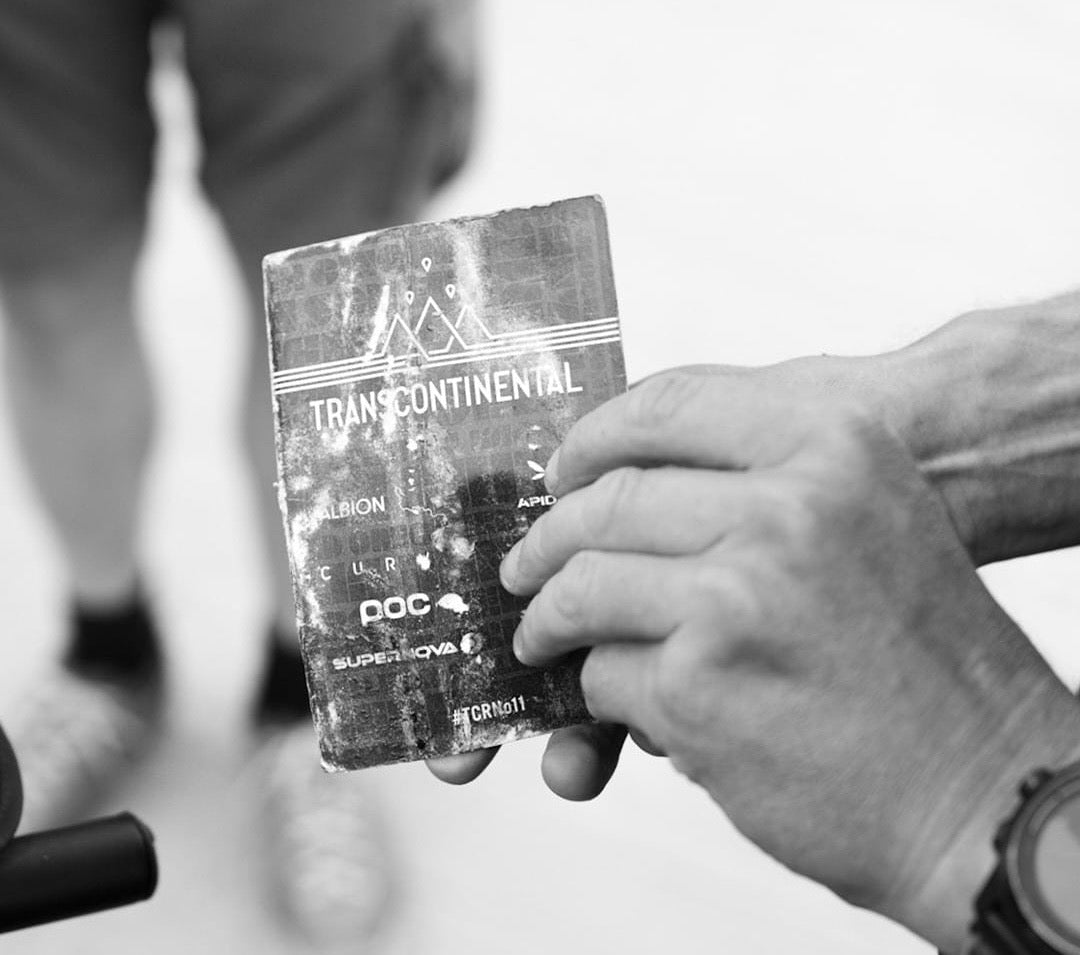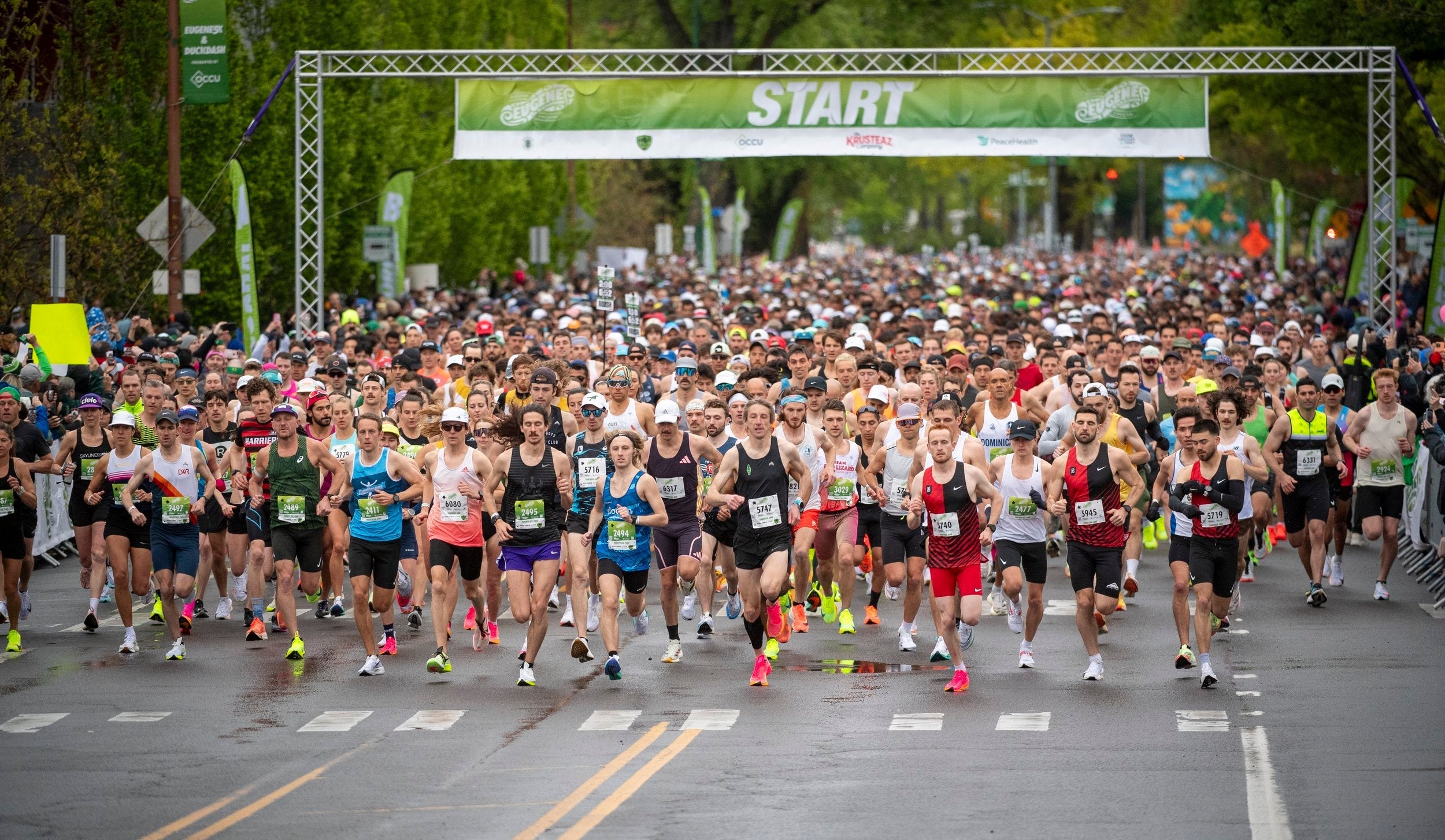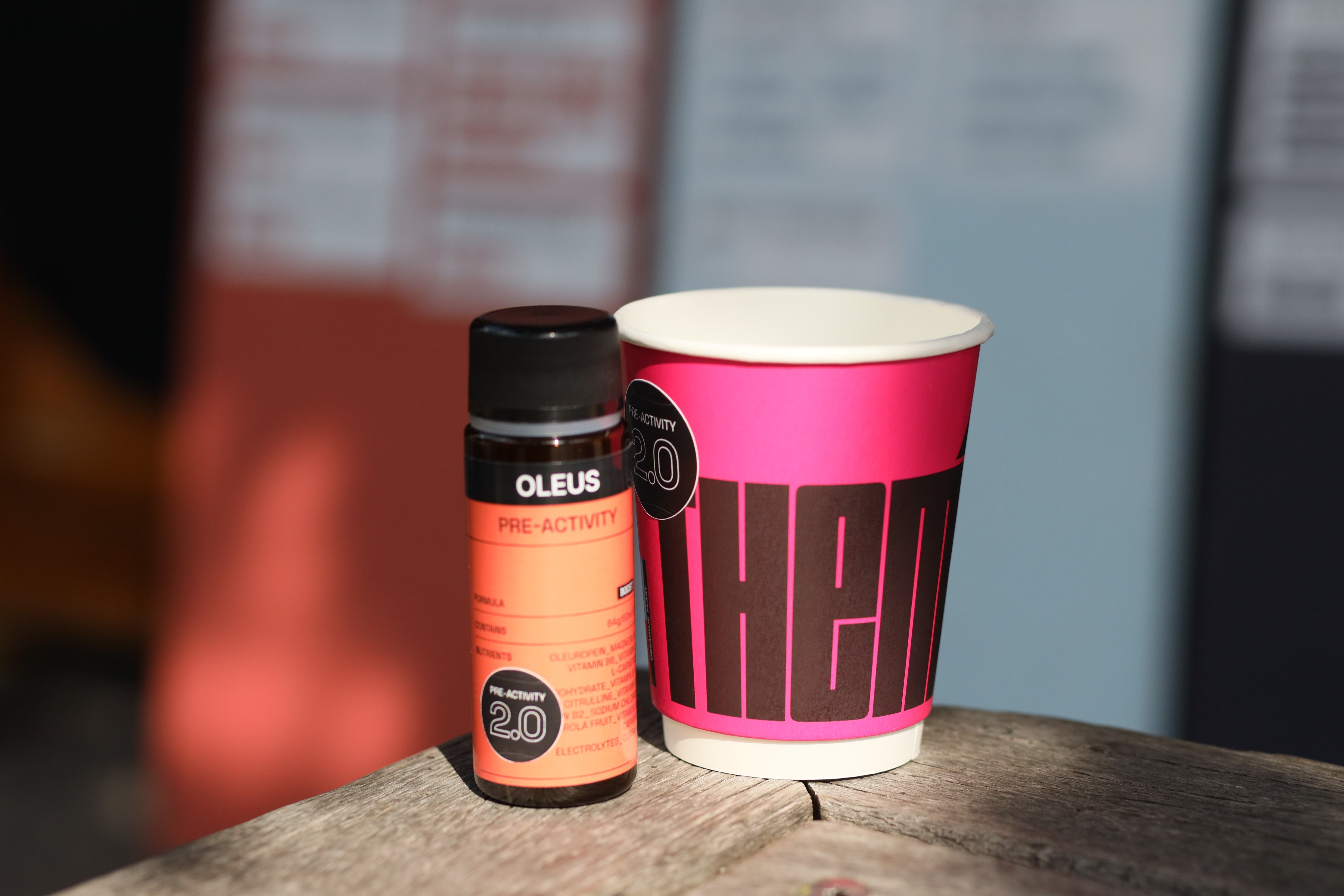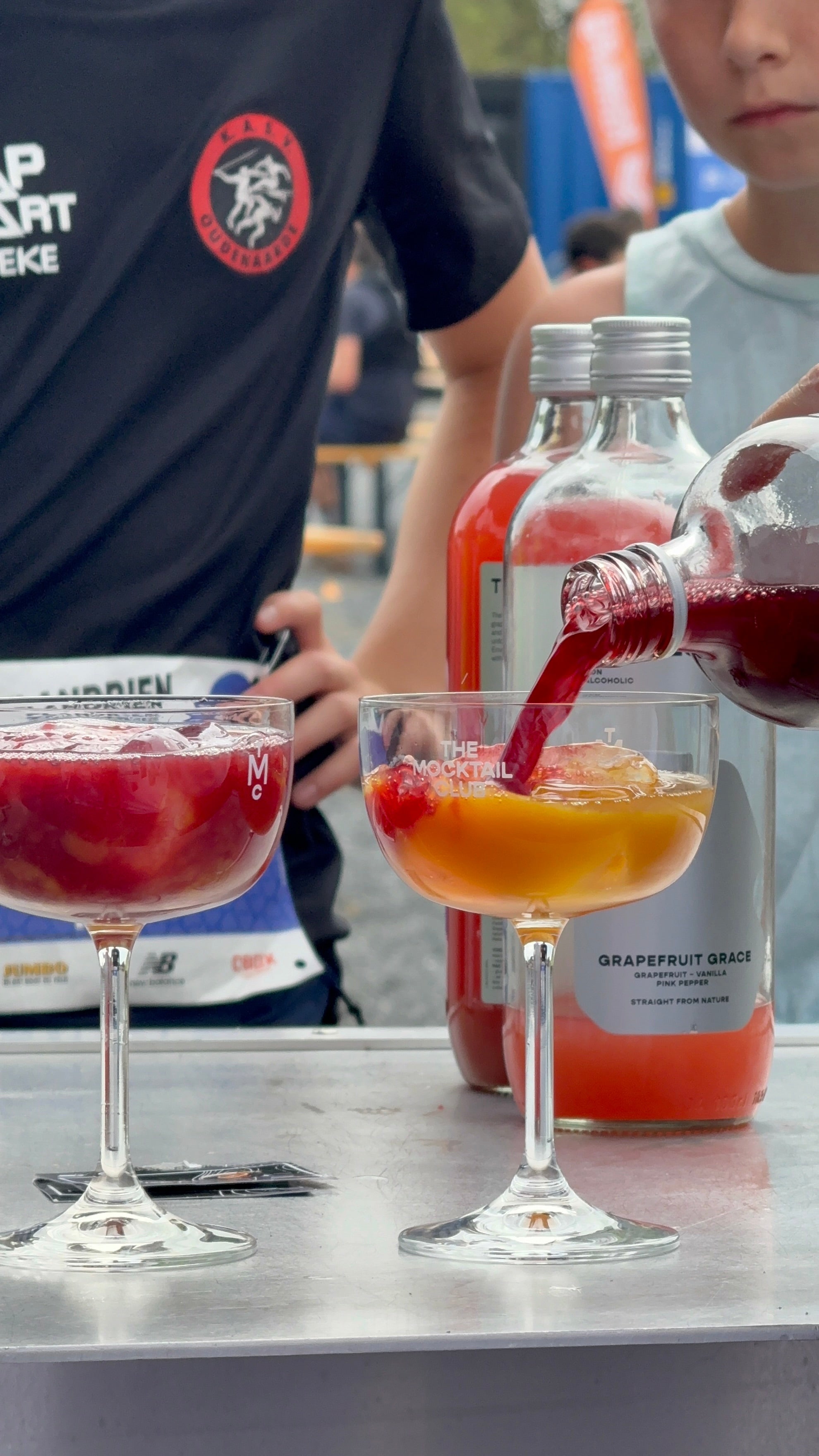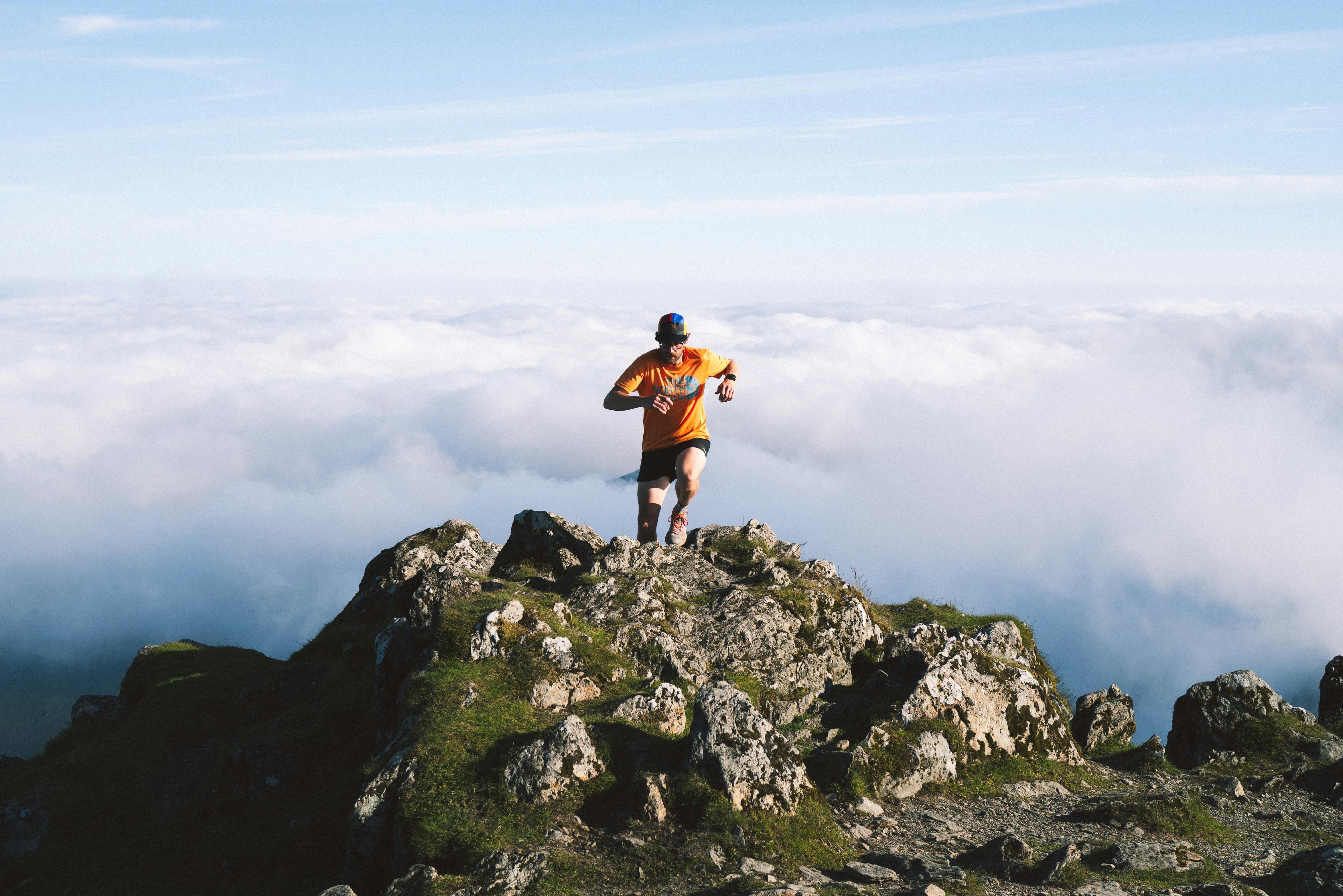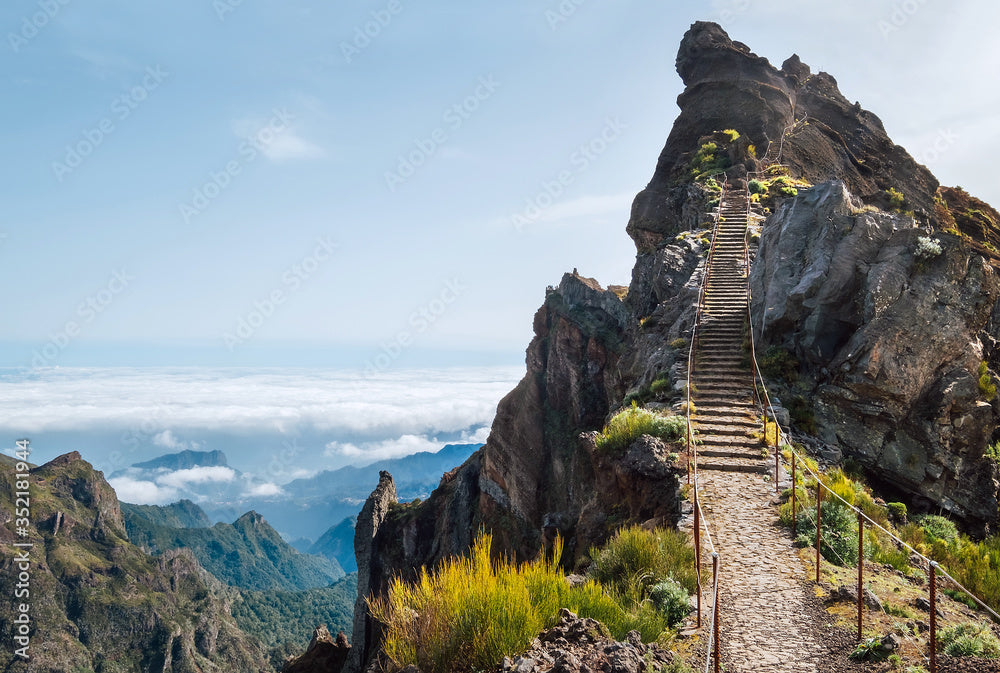As an accomplished ultra-runner with three Laveredo Ultra Trail by UTMB finishes under his belt, Alessio Zambon (@alessiozambon92) knows a thing or two about pushing his limits in high-altitude mountain terrains. This Italian teacher and OLEUS athlete recently took on his latest endurance challenge in Nepal, setting his sights on the summit of Mera Peak at 6,471 meters.
In this interview, Alessio shares how he and his friend Matteo navigated the extreme altitudes and harsh winter weather of the Himalayas, the challenges they faced along the way, his strategy for staying strong, and why he chose Mera Peak as his next challenge.

Q: Alessio, let’s start at the beginning.
Tell us about your recent adventure in Nepal. How did it start, and what was your strategy?
Alessio: Sure. Back in January, my friend Matteo and I headed to Nepal with a big dream in mind: to climb Mera Peak, a 6,471-meter summit.
We chose a less travelled path next to the Khumbu Valley, which is renowned for Everest and Lhotse.
Our strategy was to acclimatise by first hiking up to Everest Base Camp and Kala Pattar, then tackling Mera Peak fast and light—no porters, no guides, just us, making decisions on the fly based on how we felt each day.
Q: Trekking to Everest Base Camp can take around 12 days or more in some cases. Did you and Matteo follow that timeline?
Alessio: Matteo and I managed to get to Everest Base Camp in just 5 days. Normally, it takes about 12 days, but we had our sights set on climbing Mera Peak and wanted to focus on that.
Acclimatising in the Everest Valley meant we’d be in a more touristy environment, rich in comforts. Starting from an altitude of 3,000 meters and spending more than two nights above 4,500, having proper lodges—heated and with good food—made a big difference. This allowed us to adapt our bodies to the altitude without additional stress from intense cold, uncomfortable accommodations, or food shortages. Nighttime temperatures here easily drop below -20°C in that area.
Q: Tell us about the route you took from Lukla to the summit of Mera Peak. What was it like during the ascent and the descent?
Alessio: We started from Lukla airport, which is already pretty high up at about 2,900 meters. From there, we made our way up to Namche Bazar at 3,500 meters. The trails were wide and easy; the only real challenges were the symptoms of high altitude and the cold when the sun wasn’t out.
For the second part of our trek, we headed back up from Lukla again. This time, it was a steep climb up to 4,600 meters, then we dropped down to 3,600 before rising again to 4,900 meters at Khare, which is the last bit of civilisation before the summit. From Khare, we set our sights on the summit. That climb was tough because even though you move really slowly at those altitudes, the fatigue is extreme.
The descent was quick because there was no comfort at all up there, so after 7 hours, we were back in Khare, where we spent the night. The next day, we powered through a 30 km trek back to Lukla, motivated by the thought of a comfy bed and a good meal.
Q: What was the total distance and elevation gain of your trek?
Alessio: In total, we covered 82 km and ascended 6,800 meters in just 4 days. Some of the locals told us it was one of the fastest times they've seen for this route during winter.
Q: How did you prepare for such a challenging climb?
Alessio: We didn’t stick to any formal training plan; instead, we just spent a lot of time in the mountains, hiking and climbing, getting our legs and lungs used to the strenuous activity.
It’s a preparation that has been ongoing throughout our athletic lives and it’s as much about physical endurance as it is about knowing your own mind and limits.
Q: Winter climbing is tough. What made you choose that season, and why go without guides or porters?
Alessio: Winter in the Himalayas means clearer, more stable weather, though it’s definitely colder. Climbing in winter also meant avoiding the crowds that fill these valleys in spring and autumn, making the experience less authentic.
Lastly, the challenging winter conditions were a stimulating challenge for us.
Going it alone reflects our approach to mountaineering; we prefer to manage everything ourselves, which lets us really engage with the environment and rely on our own skills and judgment.
Carrying everything on our backs forced us to carefully evaluate what was truly necessary, leaving behind any nonessentials while maintaining high safety standards.
Q: Did you run into any challenges along the way?
Alessio: Quite a few, actually. Right from the start, we faced the challenge of adjusting to the altitude. Then, we mistakenly drank contaminated water, which knocked us out for a bit—vomiting, shaking, the whole ordeal.
To make matters worse, it started snowing, and we ended up in a very basic lodge for the night, barely sleeping with pounding headaches. The next morning, we woke up to 20 cm of fresh snow, already exhausted.
We realised that continuing would only serve to satisfy our egos and would have made the second part of the expedition even harder. So, we descended back to Namche and, the next day, to Lukla, deciding to take a full day of rest to recover properly.
Q: Your acclimatisation was incredibly fast. What’s your secret?
Alessio: No real secret, just a lot of groundwork. Being well-trained, with many hours of aerobic activity behind us, was the main factor. For the rest, we listened to our bodies day by day, pushing when we felt good and pulling back when it was too much.
The higher you go, the more your appetite diminishes, and maintaining sufficient calorie intake and staying hydrated can make all the difference.
I also made sure to take probiotics to keep my gut healthy and to benefit from all the good things that come with that. On the really tough days, I’d start with a vial of OLEUS to boost my energy, especially since the oxygen up there is pretty thin.
Q: What made you choose Mera Peak?
Alessio: We’re endurance athletes; we love pushing our limits over long durations rather than focusing on technical skills.
Mera Peak is perfect for that because its challenges are more about altitude and stamina than technical climbing. It matched our strengths perfectly.
We chose a technically easy mountain, where the only real challenge was the altitude and the long approach required.
Q: What were some of the final stats of your trek?
Alessio: Here’s the breakdown: 160 km total, 11,300 meters of elevation gain, 9 days total, a 7.5 kg backpack, two people, a maximum altitude of 6,461 meters, and one intestinal virus. Not bad for two amateur athletes.

A big thanks to Alessio for sharing his adventure with the OLEUS community.
Ready to take on your next endurance challenge?
OLEUS shots are designed to optimise how your body generates energy, firing up your cellular engines, so you can conquer new limits with natural, sustainable endurance.
Whether you're gearing up with our Pre-Activity Shot, building your cell health with our Daily Shot, or replenishing your muscles with our Recovery Shot, OLEUS has you covered at every stage of your athletic journey.
Want to know more? Check out our full range of science-backed shots here.



